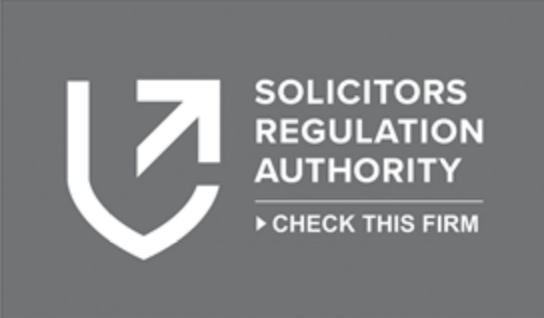
28
Nov 2018
Vicarious Liability Explored
The Supreme Court has held that a supermarket chain was vicariously liable for an employee’s violent assault against a customer. This overturned the previous decision of the Court of Appeal, finding that there was a sufficiently close connection between the assault and the employee’s job which involved dealing with customers.
Generally, employers will be liable for torts (wrongful acts or infringements of rights resulting in legal liability) committed by employees where there is sufficient enough connection between the employee’s actions and their wrongdoing. Where employers are liable for their employees’ actions, the doctrine is named ‘vicarious liability’. There is a two stage test which needs to be satisfied. Firstly, is there a relationship between the primary wrongdoer and the person alleged to be liable which is capable of giving rise to vicarious liability? Secondly, is the connection between the employment and the wrongful act or omission so close that it would be just and reasonable to impose liability?
In the case in question, a customer attended a petrol station which had a supermarket kiosk attached to it. The petrol station itself as well as the kiosk was owned by the supermarket chain. The customer asked the kiosk attendant (an employee of the supermarket chain) whether he could print out some documents he had stored on a USB stick. The employee was very rude in his response, rejecting the request. The customer objected to being sworn at; the employee ordered him to leave, using racist and foul language. The customer left, the employee followed him, opened the car door and then punched the customer in the head, before punching and kicking him to the ground.
The customer brought a personal injury claim against the supermarket and the matter eventually reached the Supreme Court. It held that the acts of the employee were sufficiently connected to his employment for it to be just for the supermarket to be held vicariously liable for the employee’s wrongdoing, using the previously established ‘close connection’ test. There was no difficulty in the first part of the test in circumstances where the relationship between the employee and the supermarket was one of employer and employee. For the second part, the court had to ask whether there was a sufficient connection between the position held and the wrongful acts to make it just for the employer to be held liable. The employee’s job was attending to customers at the kiosk and he was doing so when he committed the violent acts. The Court held it was just for the supermarket to be vicariously liable. The violence was connected to the supermarket as the employee was trying to prevent the customer from returning to the employer’s premises.
As the case highlights, employers must be aware of the possibility that they will be held liable for acts of their employees during their time at work if there is a connection between their role and the act. Employers should take steps to minimise risk by, for example, investing in training in conflict management and ensuring the right candidate is sourced for any customer facing role.
- Like this ? Share with friends




